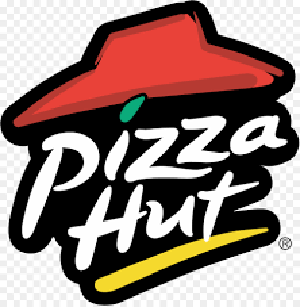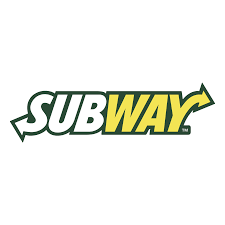Changing Landscape for Retail and Food Space
As technology changes the retail and food industry, brick and mortar concepts need to find ways to adapt as discussed in this article.

Table of Contents:
There are a number of factors that could lead to this trend. While some are similar for both franchises and corporate units, there are also unique situations faced by each type. For example, both franchises and corporate-owned chains may be closed due to lack of profits.
Either one may also see a decline due to conversion to the other type, that is, a corporate-owned store may become franchised or vice versa. However, franchises may face additional problems such as a lack of support from the parent company, which may deter investors from renewing their contracts. Two primary examples of types of locations that are closing at a rapid rate are seen in the food industry and the retail industry, which will be discussed below.
Retail and Food Industries
The food industry shows several examples of closing franchises while the retail industry shows examples of closing corporate-owned stores. Each has its own specific factors which play a major role in its failure.
In the food industry, large chains such as Subway and Pizza Hut have been decreasing in number at a rapid rate. Subway closed more than 1000 locations in the United States alone between 2016 and 2018, and that number of closures keeps increasing. Subway’s major reason is that franchisees are faced with struggling stores and opt to close them instead of selling them to other operators.
Pizza Hut closed 450 restaurants in recent years, decreasing their number of locations worldwide to approximately 7000. Pizza Hut’s reason is very different from Subways, as it is transitioning the company’s strategy from a sit-down restaurant to a carry out and delivery model. In doing so, less locations are required. This does not speak to the relationship that Pizza Hut has with its franchisees.
Retail apocalypse?
In what is referred to as the ‘retail apocalypse’, many retail chains are either closing down several locations or going out of business entirely. Some well-known examples of these are Payless ShoeSource, Forever21, DressBarn and Gap among others. More than 9300 retail stores closed in 2019.
Payless ShoeSource decided to close down its 2100 remaining corporate-owned US stores in 2017, but keeps its franchises open outside the US. It could not compete successfully with other high discount stores such as TJ Maxx and Marshall’s. This store used both models for outlet locations, and its franchised stores were the only ones left. However, the reason is likely due to the lack of competition in other countries versus the United States and its highly capitalistic society.
Adapting to Online Landscape
Forever 21 decided to close approximately 350 stores internationally, with nearly 200 being located in the US. Its reasons are the lack of profitability in some of these stores. Forever 21, like Payless, is also known for reasonably priced and trendy items. However, Forever 21 is not facing the same issue as Payless who competes against highly discounted designer items, since the increase in fast fashion trends. However, like Pizza Hut, people no longer care for the in-store experience and rather shop online to have their clothes delivered.
Therefore, Forever 21 is changing its model to become more competitive in that way.
Conclusion
Depending on the nature of a service or product, different factors account for its success or failure, and different store models may be preferred. The fast food and retail industry are rapidly changing to replicate that of increasing technology. Therefore, both franchises and corporate-owned chains are likely to change also.


